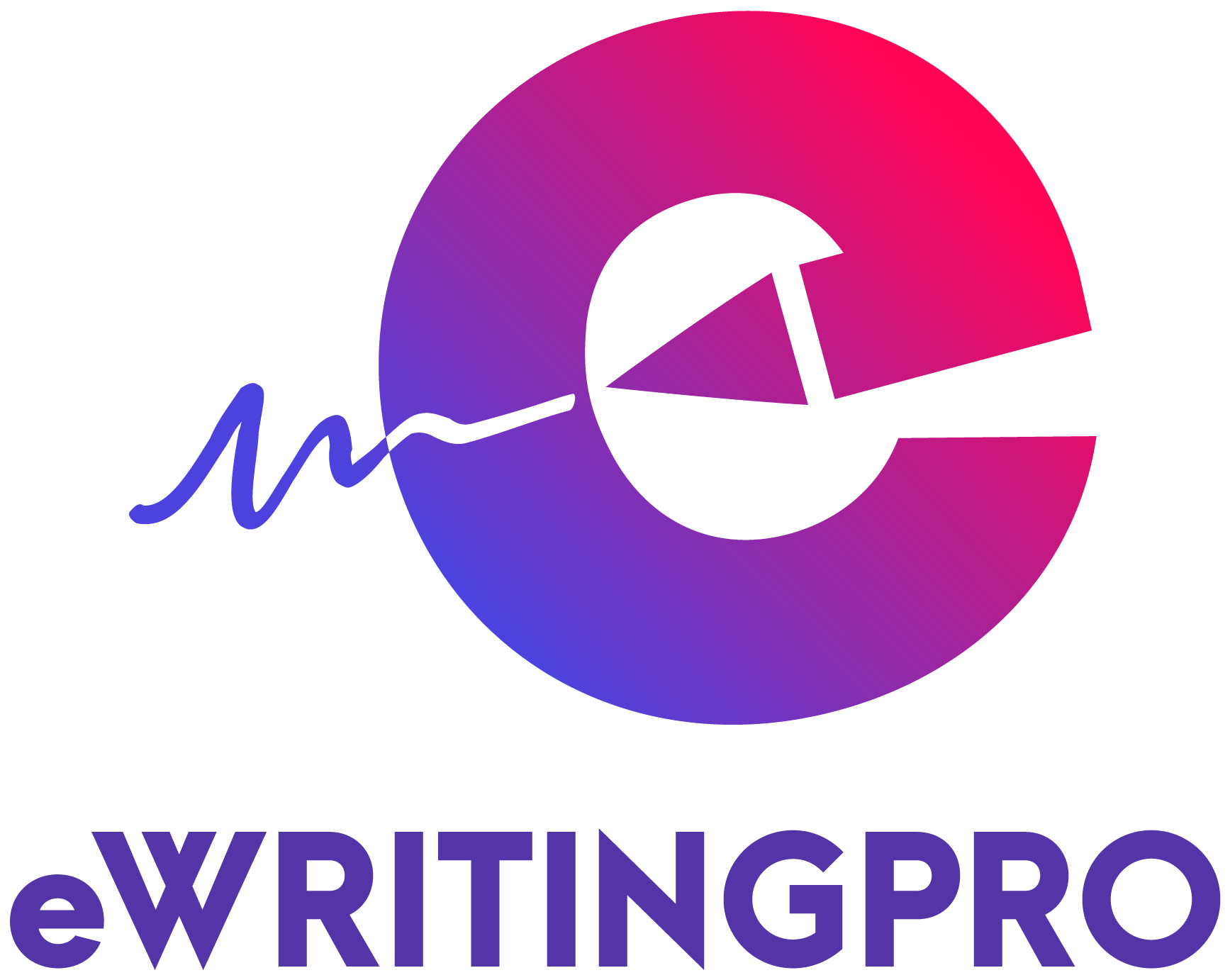Among the most crucial chapters, you’ll ever create as a writer is your author bio. Whether you’re presenting your book to an agency, an editor, or a buyer, a well-written bio can greatly affect the sale. As a result, knowing how to write one is critical, particularly if you don’t have much expertise. Every word matters in author bios. They are often no more than 300 words long.
Why the Author Bio is important
Your bio serves as your business card. Customers and agencies alike want to know about you and your past. You can be self-publishing or going the traditional publishing path. So make sure you offer the knowledge in a manner that makes people want to read your work. Some people will buy your book because they know you or have heard about you from a friend. However, because most readers aren’t looking for first-time writers, you must do as much as you can to promote your work.
There are several fundamental reasons why having one that sticks with people is so important:
Establishes your Authority
Readers will naturally give your work more respect if it is about a soldier going on his first military tour and you spent several years in the service. You’ll give an agency assurance that there’s a market for your work if you’ve had short pieces published in a variety of journals. You can also take help from first-time author bio examples.
Introduce Potential Readers
Many readers enjoy books that provide unique perspectives. So this is your chance to inform them about yourself and why they should care about what you have to say. Talk about your heritage, professional background, and personal accomplishments with pride. Always look for author bio for new writers’ examples to get an idea and then write accordingly.
Convince People to Buy your Book
Your author profile, along with the book summary and quotes from critics, should inspire readers to read your book. It isn’t the place for a hard sale, but it should be appealing and compelling enough to persuade them to pick up your book.
Your biography is a minor player in a much larger machine. Readers will consider your promo poster, ratings, cost, size, and author bio, but the more of these you can make engaging and appealing, the more likely they will choose your book.
Also Read: How To Pick the Best Topic for Your Ebook
Things an Author Bio Should Include
Instead of formally listing your career aspirations, think of your author bio as an opportunity to engage with your audience. The author bio should create a sense of connection with potential readers in an attempt to attract them to buy your book. Even if you’re a first-time author, you can create an engaging summary that includes information about who you are, what you write, and why people should read your book.
When it comes to drafting your first author bio, knowing that there is a standard format to follow is helpful. These suggestions can help you put together the essential elements of your first author bio, including the kinds of details about yourself that the reader will find interesting. The following are some guidelines to know how to write an author bio with no experience:
Keep it Short and Sweet
It’s always better to keep your bio under 300 words than to try to include every aspect of your profession or all of your interests. There are many author bio examples for first-time authors to take help from.
Use a Third-person Narrator
When compared to the first person, author biographies written in the third person come across as more polished. The author bio for new writers is always written in such a manner.
Begin with a Single Sentence
Write an intriguing first line that includes your name, a profession that is often appropriate for nonfiction titles, and the heading of your book. Make the first line of your author bio count because it is the first information your readers will discover about you.
You must Express yourself and your Work Well
A bio for an author is similar to an elevator pitch. It is a brief synopsis of your life and how it connects to the book you created. Everything you say should be related to the theme of the book. If you work as a pediatric psychotherapist and want to create a non-fiction book about family, for example, that link will boost your reputation.
The next few phrases should provide a comprehensive summation of your reputation as an author as well as on the subject of your book. Remember that the reader is still deciding whether or not to buy your book, so you must convince them to do so.
Include a Few Accomplishments
It’s good to mention your education and degree. But resist the need to detail every professional accomplishment you’ve ever had, as this may come across as egotistical and superfluous. There will always be some unpublished author bio examples until you write a perfect one.
Include a Few Personal Experiences
Including a few personal hobbies or interests allows the reader to feel more connected to the author. Include only those pursuits that match the book’s theme or that are relevant to your reader profile. Personal information serves as an interconnection point between you and a possible reader for new authors. The conclusion here is to help ensure your readers are familiar enough with your past to continue reading and learn more.
Make Use of a Professional Photograph
Include a high-resolution photo with no distracting backdrop. An unprofessional photo will appear sloppy.
The main difference between a description written by a first-time author and one written by a skilled pro is that the latter would be able to add other titles in their bio. In particular, if these achievements were attained, a professional writer can include their “best-seller” status and any honors they have earned in their profile.
Author Bio’s Place in a Book
The author’s bio is printed in a variety of places depending on the publication. The bio is frequently found near the conclusion of hardback volumes on the dust cover. In contrast, the author bio is normally found at the front of the book, before the publication information. The author bio can sometimes be featured on the back page of a paperback, or after the printing information but before the opening.
Your author bio is going to be much more apparent if you’re self-publishing or releasing your work as an ebook. It frequently appears on your book’s product page, as well as in the front of the book. As a result, self-publishing authors must develop a very intriguing bio.
Conclusion
Many authors find author bios to be one of the most difficult things to write. You’re compelled to go against human nature by boasting about your accolades, expertise, and successes, not only because of the strict form and content regulations.



